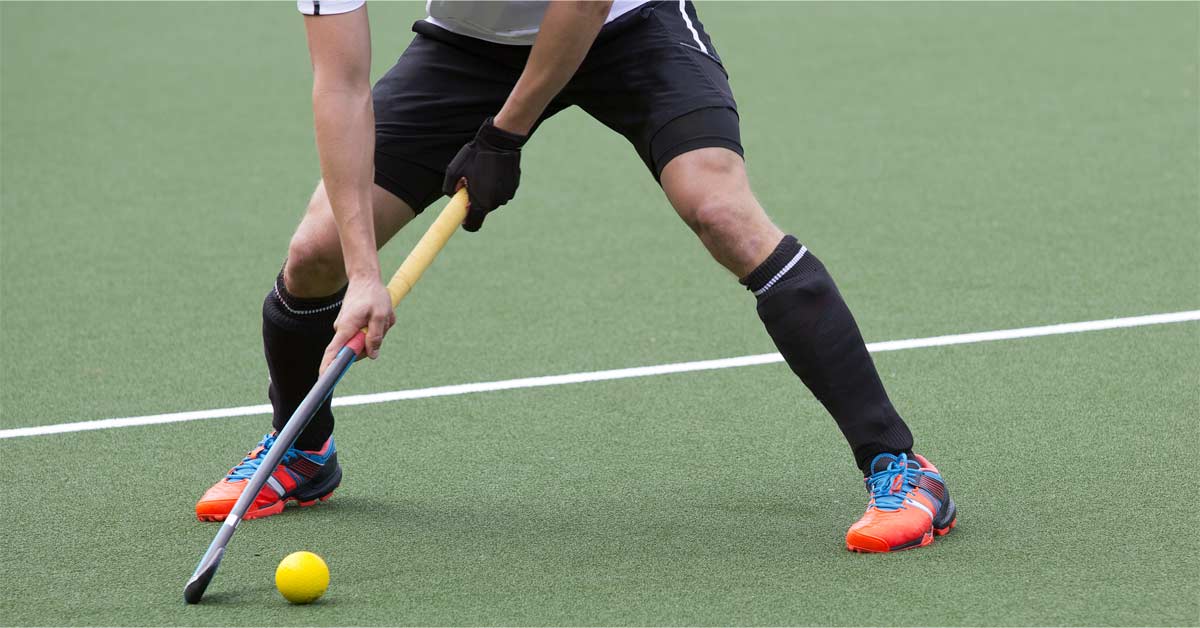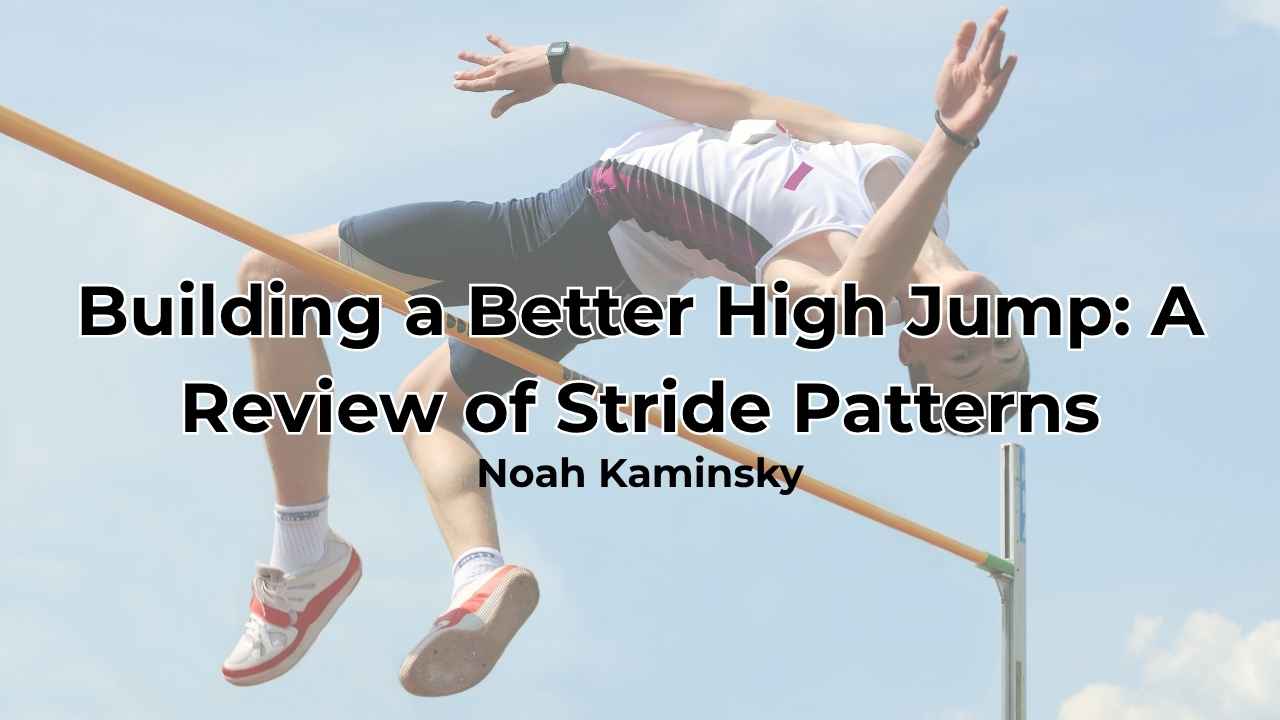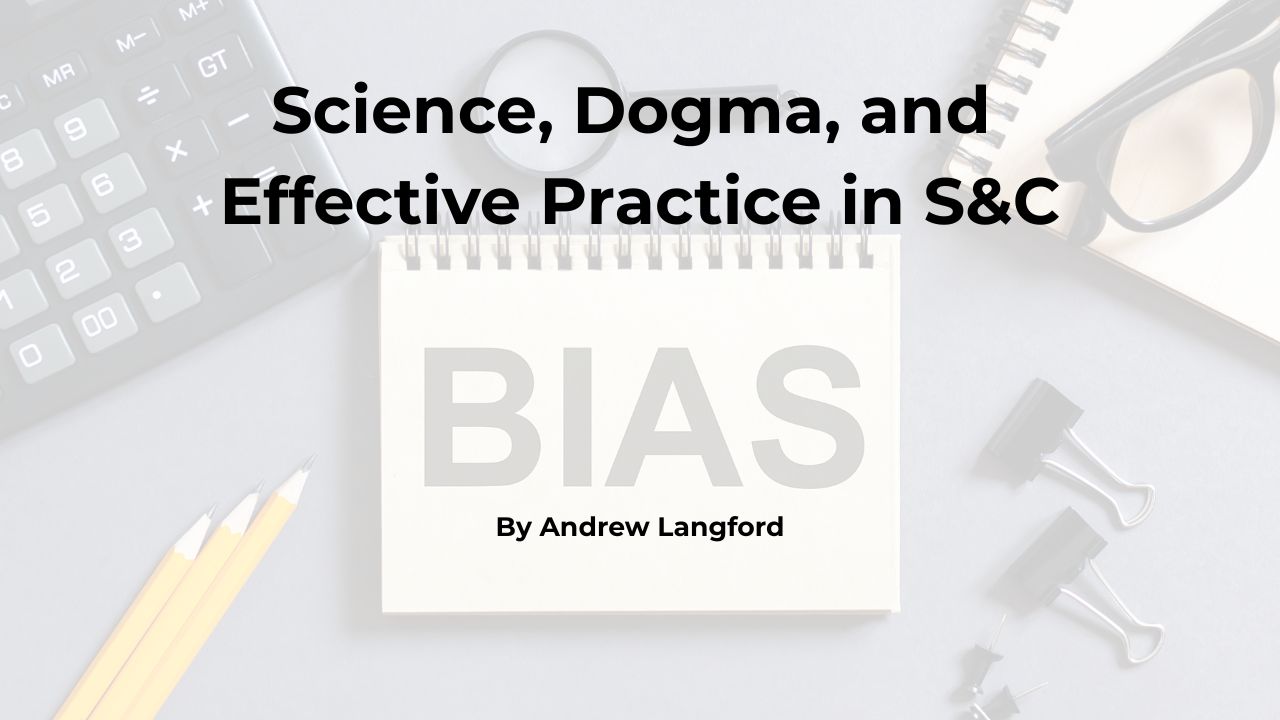[mashshare]

Freelap Friday Five with Andreas Serner
Dr. Andreas Serner currently works as a physiotherapist and clinical research scientist at Aspetar Sports Groin Pain Centre in Doha, Qatar. He holds a bachelor’s degree in physiotherapy from the Metropolitan University College in Denmark and a master’s in medical science, with a specialty in sports medicine & sports science, from Lund University, Sweden. Dr. Serner received his Ph.D. in Clinical Research, with a thesis on acute groin pain in athletes, from Copenhagen University, Denmark. He has worked clinically in a private practice and with senior and academy soccer programs in Copenhagen.
Freelap USA: You are very knowledgeable about groin injuries and have spent a lot of time educating therapists on the essential needs of properly diagnosing an actual injury. What can you share about common mistakes with the diagnosis process that we should be worried about today, in 2019? What seems like a typical injury, but is far more complicated than we first thought?
Andreas Serner: This is a big question in an area with a lot of opinions and little evidence. We are still not that far along with research on the validity of specific diagnoses, which means we primarily have to rely on expert opinions, such as the Doha agreement meeting on terminology, until the data catches up. In terms of specific tricky cases, I’ll give some examples of both acute and gradual onset groin pain.
In acute groin pain, which refers to a sudden sharp pain usually without any prior warning, the majority of injuries will be located in the adductors, with about 90% of these involving the adductor longus. These are usually relatively easy to diagnose in terms of location, and the rehab is often short and uncomplicated. There are, however, cases that may be more complicated than they initially appear, such as some injuries at the insertion of the adductor longus. Most of these cases are clear-cut with severe pain, a palpable defect, and a gap between the tendon and the insertion, indicating an avulsion injury. In some partial avulsions, it may not be possible to feel a defect or gap, and you would benefit from imaging to elucidate the extent of injury. I have experienced several examples of acute adductor longus avulsions that were initially diagnosed as minor grade 1 injuries.
The real tricky ones, though, are the ones where both the clinical examination and the imaging suggests that it is a minor injury, but it may actually take considerably more time to get back. What you should be aware of here is acute pain at the insertion and even minimal edema at the insertion on imaging. We’ve seen a few cases, and I think they are not that rare.
I suspect that was what happened to Lebron James last season. While I don’t know the clinical details of his case, it definitely stands out as a tricky one. We followed this through the general news here in the Aspetar Sports Groin Pain Centre, and we were confident that it would take around 4–6 weeks for him to get back just based on the media reports. The initial statements were that he had a scan, and the injury was considered minor; however, he was out 17 matches and still not at full performance when he returned. Even 2.5 months later, the coach said that Lebron’s groin injury was still lingering and he was not at 100%. Shortly afterward, he ended up being ruled out for the remainder of the season, as they missed the playoffs.
Don’t diagnose based on imaging only, and let the clinical picture lead the diagnosis and prognosis for each individual athlete, says @aserner. Share on XFor the diagnosis of long-standing groin pain, I think my main point would be to avoid overinterpreting imaging findings. While I do think there is a possibility of getting a better understanding of an athlete’s injury in some cases, if you do not have the specific experience or access to the actual images, there is likely a higher chance that you will be misled by the imaging report. The reproducibility of many imaging findings is poor even when clearly defined, and most imaging findings that theoretically would be related to groin pain are just a result of sports participation itself.
In long-standing groin pain, it is extremely difficult to estimate return to sport duration through a diagnosis only, regardless of whether that includes imaging or not. The preferred treatment approach rarely changes either. So, don’t diagnose based on imaging only, and let the clinical picture lead the diagnosis and prognosis for each individual athlete.
Freelap USA: Testing adduction and abduction is popular now with modern equipment, but what can you do if you are not using isometric load cells or handheld devices? Coaches are interested in ways to estimate progress or screen out athletes who are at risk. Any thoughts here?
Andreas Serner: If you see groin pain in athletes on a regular basis, I would highly suggest that you get an objective measurement tool. It will help you in many ways during treatment or when screening/monitoring healthy athletes. It usually provides increased athlete motivation and can get the athlete to trust your advice, as you can show results. Or, in contrast, it can help you change your approach if your exercise selection does not give the athlete the expected improvements.
With that said, there are many other ways that you can assess progress usefully. You can easily use the progression within a chosen exercise and document that on a weekly basis, for instance, similarly to how you might assess progress in a bench press (e.g., what’s the athlete’s 8RM load in a selected adductor strength exercise?). You can also use it to assess pain progression at a given load from week to week. Often, when initiating rehab, athletes can have considerable pain with isolated loading.
Let’s say, for example, that an athlete with adductor-related groin pain in the first session is only able to use 10 kg in a seated adduction machine with 4 out of 10 on a numerical pain rating scale. Then you can test the athlete the week after at the same load and ask about the amount of pain, which may now be 1 out of 10, or you can ask the athlete to add kilograms until the same level of pain is reached (4/10). This may now be 25 kg. This is a really simple and useful way to document progress.
Freelap USA: Good training will create eccentric demands on muscles and the adaptations are favorable. What do we know about the groin muscles with fascicle length? Does it seem a lot of research is on hamstrings, but not much else?
Andreas Serner: Research is really limited in that area because it’s much more difficult than with the hamstrings. I’ve tried with regular ultrasound, as well as UTC, on the adductor longus without success. Even the Australian hammie guys aren’t comfortable using it for the adductors (yet), but I still hope for progress in that area. From cadaver studies, we get an indication that the adductor longus is not that different from the long head of the biceps, with longus fascicle lengths around 9–13 centimeters, which is also similar to the brevis. The adductor magnus has fascicles that are a bit longer and gracilis about twice the longus, but neither of these are very relevant in groin pain, in my opinion.
Freelap USA: Options beyond the Copenhagen adduction exercise (CAE) seem a little bit fuzzy to clinicians and coaches. Do you have any new ideas on helping athletes reduce risk to the groin utilizing other exercises?
Andreas Serner: There are many elements to consider when aiming to prevent groin pain. Increasing adductor strength and capacity is probably the simplest and most effective, though, as adductor-related groin pain is the most frequent presentation of groin pain. Similar to the hamstrings, a simple isolated strength exercise has a large effect on reducing injuries/problems. The main advantage of the Copenhagen adduction exercise is that you don’t need equipment but can still provide a high load at a long muscle length.
There are many elements to consider when aiming to prevent groin pain. Increasing adductor strength and capacity is probably the simplest and most effective, says @aserner. Share on XI don’t see why other high load exercises wouldn’t be able to get the same results if you can get compliance. I really like a simple cable pulley standing hip adduction. When holding onto something stable, you can add a lot of load through range and even get into the diagonal movements to get extra length on the adductor longus. This type of exercise, even performed with an elastic band, has also shown good eccentric strength increases. Even a simple seated hip adduction machine would be able to create high adductor strength gains, and you can provide eccentric overload through manual assistance in the concentric phase. Here you will likely end up in a similar discussion of relevant hip flexion position as with continuing with the Nordic hamstring exercise.
So, if you include a dynamic exercise that gets the player strong and long—as the saying goes—you’ve probably got that element covered well enough. In contrast, I highly doubt adductor squeeze exercises can get you the same results.
The next steps are more complicated. How do you monitor kicking and change of direction loads? Is there anything in terms of movement technique or synergistic strength/function that can be improved to reduce the load across the groin area? And how much does that even matter? There are many interesting steps here for future research.
Freelap USA: Hockey and soccer struggle with the athlete’s hip. Can you compare and contrast the two sports and share how each can learn from the other with regard to reducing injuries or explain why each sport is unique?
Andreas Serner: The main difference is that soccer players actually do not really struggle with their hips, at least not during their active career. Hip-related groin pain only accounts for a small percentage of injuries in soccer. I think one of the key reasons for this difference is the hard breaks and stops in ice hockey and large change of direction angles, which place high loads on the hips, compared to soccer where cutting angles are usually much smaller, reducing the breaking forces and “sparing” the hips. Ice hockey players are also continuously in much deeper hip flexion than soccer players.
The main commonality is, of course, the adductor injuries, both acute muscle injuries and long-standing adductor-related groin pain. If we look to injury mechanisms, we find the same diagonal pattern in skating as in kicking; with hip extension, hip abduction, and hip external rotation, followed by a rapid change to hip flexion and adduction. This places high loads on the adductor longus at long length, so a similar approach likely goes for prevention in both sports. The easiest and simplest prevention method is to increase the capacity of the adductors through specific resistance straining.
Since you’re here…
…we have a small favor to ask. More people are reading SimpliFaster than ever, and each week we bring you compelling content from coaches, sport scientists, and physiotherapists who are devoted to building better athletes. Please take a moment to share the articles on social media, engage the authors with questions and comments below, and link to articles when appropriate if you have a blog or participate on forums of related topics. — SF
[mashshare]




